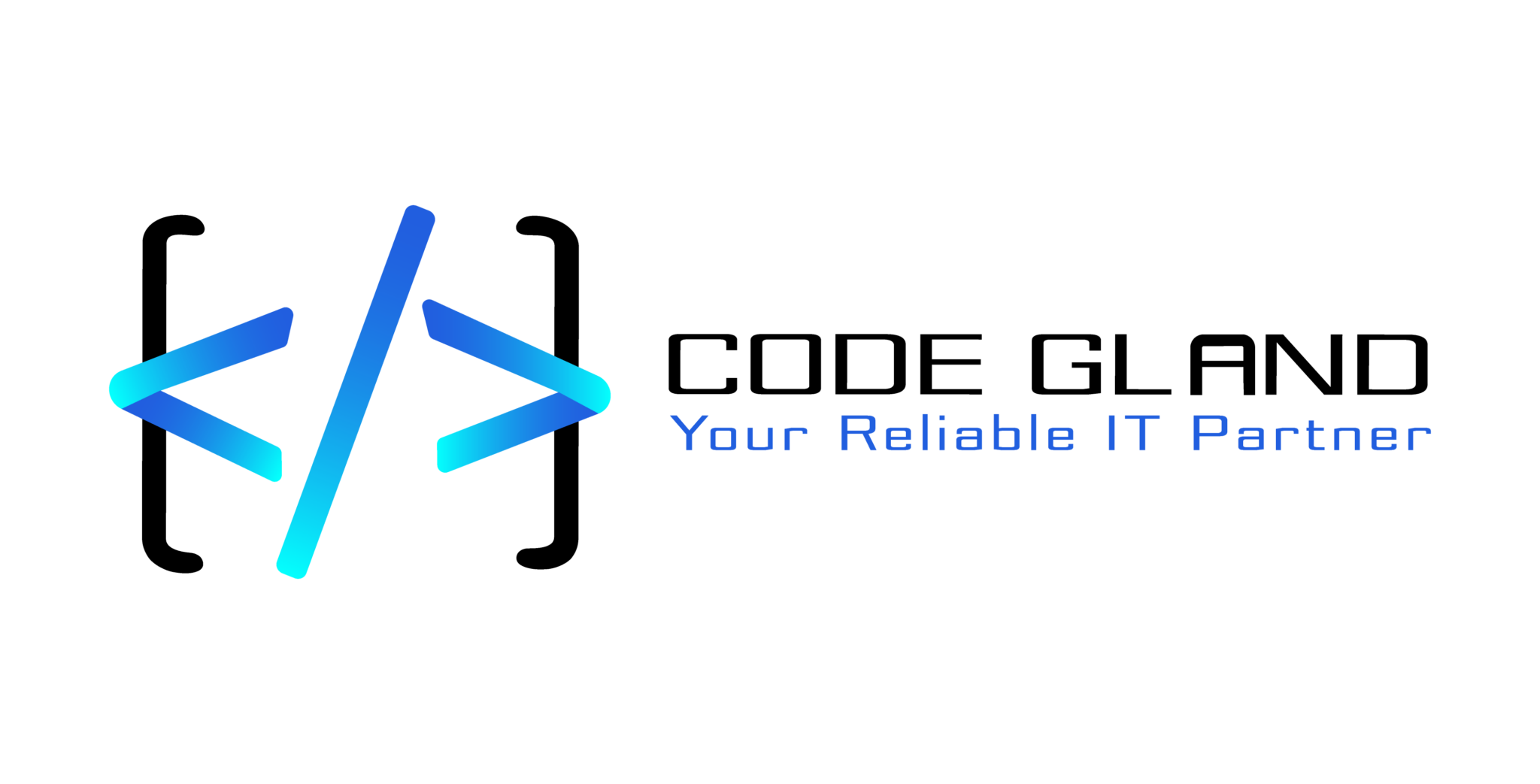Web development involves building and maintaining websites or web applications. It encompasses a range of skills and technologies, including HTML, CSS, JavaScript, server-side languages, databases, and more. Here’s a step-by-step guide to help you get started with web development:
1. **Learn the Basics:**
– **HTML (Hypertext Markup Language):** Learn the fundamentals of creating the structure of a webpage. HTML is used to define the structure and layout of web content.
– **CSS (Cascading Style Sheets):** Understand how to style your HTML elements with CSS. CSS is responsible for the visual presentation of a webpage.
– **JavaScript:** Learn the basics of JavaScript, which is a scripting language that allows you to add interactivity and dynamic content to your web pages.
2. **Understand Responsive Design:**
– Learn about responsive web design to create websites that work well on various devices and screen sizes.
3. **Version Control:**
– Familiarize yourself with version control systems like Git. It helps you manage and track changes to your codebase, making collaboration and code management more efficient.
4. **Front-End Development:**
– Dive deeper into front-end development by exploring frameworks and libraries like React, Angular, or Vue.js. These tools help you build more complex and dynamic user interfaces.
5. **Back-End Development:**
– Learn a server-side programming language like Node.js (JavaScript), Python, Ruby, PHP, or Java. Also, understand the basics of server-side frameworks like Express (Node.js), Django (Python), Ruby on Rails, Laravel (PHP), etc.
6. **Databases:**
– Learn about databases, both SQL (e.g., MySQL, PostgreSQL) and NoSQL (e.g., MongoDB). Understand how to interact with databases from your server-side code.
7. **APIs (Application Programming Interfaces):**
– Learn how to work with APIs to fetch and send data between your front-end and back-end. This is crucial for building dynamic and data-driven applications.
8. **Web Security:**
– Understand basic web security principles, including HTTPS, user authentication, and protection against common web vulnerabilities like SQL injection and cross-site scripting (XSS).
9. **Build Tools and Automation:**
– Get familiar with build tools like Webpack or Gulp to automate tasks like bundling, minification, and transpilation.
10. **Testing:**
– Learn about testing methodologies and frameworks for both front-end and back-end development. Testing is essential for ensuring the reliability and functionality of your code.
11. **Deployment and Hosting:**
– Understand how to deploy your web applications to a server. Explore cloud platforms like AWS, Google Cloud, or Heroku. Learn about domain management and DNS.
12. **Keep Learning and Stay Updated:**
– The field of web development evolves rapidly, so make it a habit to stay updated on the latest technologies, best practices, and industry trends.
Remember that web development is a vast field, and it’s okay to start small. As you gain experience, you can explore more advanced topics and specialize in areas that interest you. There are also numerous online resources, tutorials, and courses to help you along the way.


